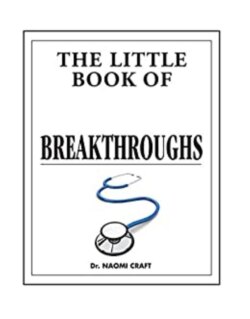Читать книгу The Little Book of Medical Breakthroughs - Dr. Naomi Craft - Страница 5
На сайте Литреса книга снята с продажи.
4800 BC Glass Eyes
ОглавлениеAlthough known as glass eyes, artificial eyes are now made out of plastic, and are often so lifelike that they cannot be distinguished from the normal eye.
The oldest-known artificial eye was found in 2006 in the remains of a young woman living nearly 7,000 years ago – around the time of the Ancient Greeks – in what is now Iran in the Burnt City historical site.
It was probably made of natural tar mixed with animal fat. The thinnest blood vessels on the eyeball were made with golden wires, less than a millimetre thick. The eyeball had two holes on its two sides for fixing the eyeball to the socket.
Most Ancient Egyptian artificial eyes were made out of enamelled metal or painted clay attached to cloth and worn outside the socket. These were known as Ectblepharons. Not much changed over the next 10 centuries. Writing in the 16th century, French surgeon Ambrose Paré (1510–1590) described gold or silver versions, worn in front of the eyelids when they were known as ekblephara and under the eyelids when they were known as hypoblephara.
Late in the 16th century, false eyes began to be made out of enamel and glass. Exactly who made the first glass eye is not known, but the English playwright William Shakespeare (1564– 1616) knew about them when he wrote in King Lear:
Get three glass eyes;
And, like a scurvy politician, seem
To see the things thou dost not.
–King Lear to the Earl of Gloucester, Act IV, Scene 6
The first English artificial eyemaker set up business in Ludgate Hill in London in 1681, advertising enamel artificial eyes, ‘so exact as to seem natural’. Enamel was attractive but expensive and didn’t last long. More popular were glass eyes. Initially the Venetians, famous for glass making, were the main glass eye makers. However, by the mid 19th century, the experts in glass eye making mostly came from a region of Eastern Germany called Thuringia. Their products were of such high quality that they became popular all over the world. German craftsmen known as ocularists toured the United States custom-making artificial eyes, stopping for a few days in each city, fitting patients for new eyes, before moving on to the next. Fabricating secrets were closely guarded, passed down from one generation to the next. Eyes were also fitted by mail order. An ocularist would also keep hundreds of pre-made eyes, which were cheaper, providing patients with the closest fit.
Since the Second World War (1939– 1945), plastic has become the preferred material for making artificial eyes. There is no risk of breaking, chipping or scratching. A plastic eye can be more easily moulded to irregular contours of the eye socket, and can be worn all the time instead of having to be removed at night.
